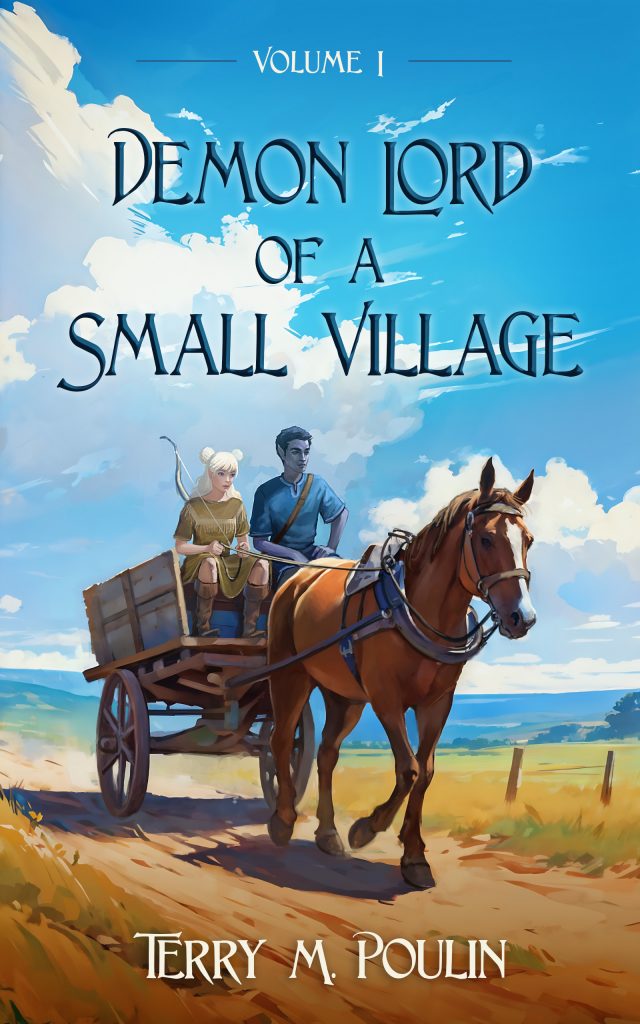For years, a friend’s told me to just buy a damn Sonos. To which, I’ve generally regarded that as the same kind of problem as why I don’t drive a Porsche–to damn expensive 😜.
Recently though, audio has been a minor thorn in my side. Getting bluetooth audio stuff to work with Alexa is mostly a pain in the ass when you have multiple input devices, and picking music in the vain of ‘Alexa, play ….’ is nice but not preferable. I used to have a pair of JBL Bluetooth speakers, one of which I gave a friend and the other, well, I frankly have no idea where the fuck it ended up.
So, flash forward to today: I may be in the study, in my bedroom, or in the kitchen. My iPad Pro’s quadraphonic speakers were great, like really I didn’t give a hoot about it being four channels-the speakers themselves were great, and while it doesn’t fill my entire home with music the way it used to in the apartment, it’s close enough. Nerine was a great machine for music.
Mayumi, the iPad mini that replaced it, on the other hand has more ordinary speakers: not great, not bad, but nothing really to write home about either. I’d say it’s a little worse than Shion’s speakers and most of my Alexas. But to be fair, music from my tablet speakers has always been an auxiliary function not a primary function–that’s what headphones and speakers are for after all.
In practice it works better to AirPlay from my iPad to my laptop when I’m in the study than to use the younger Echo. If Shion is docked, the pair of Pebbles that replaced my desktop’s old 2.1 Logitech system when it died some years back, actually sound pretty damn great and I love the audio output. I forget how much I paid for those Pebble v3s but damn, it was money well spent! In my bedroom, I’ll usually use the old Echo Dot with a clock on my headboard, after the occasional argument over which device to Bluetooth audio from and that sometimes ends with silence from the lack of wanting to beat it into submission. Downstairs the way it typically goes is wanting to use the really-old Echo Dot and ends with using my iPad speakers because the goal is to cook dinner not win battles against technology.
My remaining Bluetooth speaker hasn’t turned up over the past year, and a replacement surround sound system has been on hiatus for other reasons. So, I decided to shop for a suitable speaker for Christmas. Sonos’s Roam 2 being the winner in the end.
Contenders for this plan included Apple’s HomePod Mini, which would provide both an AirPlay target and an avenue for an idea I’ve had on the mind for a while: possible replacements for Alexa. The problem there is unlike Echo Dot’s, they’re expensive to scale and some new hardware is likely on the horizon, so I’m hesitant to dig into that. The other contender: find an AirPlay capable speaker, preferably one with a Bluetooth function or an analog line-in.
Turns out that there are actually a good number of AirPlay capable speakers now. In the end though, I opted for the Roam 2. Probably cheaper than finding another one of the JBLs I used to use, which apparently were popular enough that as years went on, the price went from okay to crazy, lol. While for me, the Roam 2 is very expensive, unlike creating a whole home audio or a surround sound setup with Sonos, it’s not prohibitively expensive.
Thus far, the little buddy passes the first test cases: P!nk’s Funhouse album and AirPlay. I often use “So What” as one of my reference songs for audio playback, among several others. So far, it’s a win ;). While waiting on my Blu-ray rips to finish, it’s also a good excuse to listen to music.
I was a little concerned about the Roam 2’s audio quality, given reviews that I’ve read. But I have no complaints. Being someone who likes music but isn’t an audiophile, I would say if this puppy sounds bad, you shouldn’t be using a portable speaker or must be moving beyond its range. Generally, I answer both those questions with “If I wouldn’t otherwise have audio, I’m not gonna complain unless it sounds like ass,” and quite frankly it sounds better than my tablet and laptop. Certainly no worse than my various Alexa devices :P.
More importantly, it doesn’t drive me batshit when wanting to connect something….
